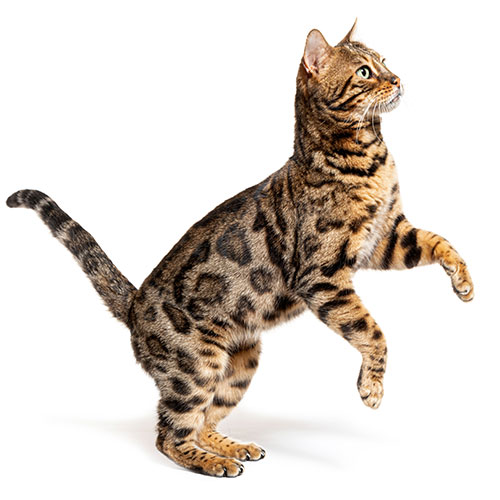Our Dental Services
Dental Cleaning and Polishing:
- Scaling: Removal of tartar and plaque from above and below the gum line using ultrasonic and hand scalers.
- Polishing: Smoothens the tooth surface to prevent rapid plaque accumulation post-cleaning.
Dental Cleaning and Polishing:
- Scaling: Removal of tartar and plaque from above and below the gum line using ultrasonic and hand scalers.
- Polishing: Smoothens the tooth surface to prevent rapid plaque accumulation post-cleaning.
Pre-Surgery Bloodwork:
- Before any dental procedure, we perform blood tests to assess your pet’s health status, particularly liver and kidney function. This helps ensure they are fit for anesthesia, which is necessary for thorough dental work.
Dental Radiographs (X-rays):
- X-rays are crucial for diagnosing issues not visible to the naked eye, such as tooth root abscesses, bone loss, or retained roots. They guide our treatment plan for optimal outcomes.
Pre-Surgery Bloodwork:
- Before any dental procedure, we perform blood tests to assess your pet’s health status, particularly liver and kidney function. This helps ensure they are fit for anesthesia, which is necessary for thorough dental work.
Dental Radiographs (X-rays):
- X-rays are crucial for diagnosing issues not visible to the naked eye, such as tooth root abscesses, bone loss, or retained roots. They guide our treatment plan for optimal outcomes.
The Challenges of Dental Surgery in Veterinary Medicine Dental surgery in animals can be particularly challenging due to:
Anatomy:
- Pets have smaller mouths, making access to back teeth difficult. The unique structure of pet teeth, differing from human teeth, requires specialized tools and techniques.
Behavior and Compliance:
- Unlike humans, pets cannot communicate discomfort or follow instructions, which means procedures often require sedation or general anesthesia for safety and effectiveness.
Disease Complexity:
- Pets can develop complex dental diseases, including resorptive lesions in cats or stomatitis, which complicate treatment plans.
Post-Operative Care:
- Ensuring pets do not disturb surgical sites can be challenging, necessitating protective measures like Elizabethan collars and careful monitoring by owners.
Anatomy:
- Pets have smaller mouths, making access to back teeth difficult. The unique structure of pet teeth, differing from human teeth, requires specialized tools and techniques.
Behavior and Compliance:
- Unlike humans, pets cannot communicate discomfort or follow instructions, which means procedures often require sedation or general anesthesia for safety and effectiveness.
Disease Complexity:
- Pets can develop complex dental diseases, including resorptive lesions in cats or stomatitis, which complicate treatment plans.
Post-Operative Care:
- Ensuring pets do not disturb surgical sites can be challenging, necessitating protective measures like Elizabethan collars and careful monitoring by owners.


